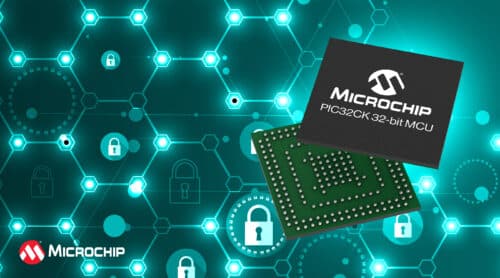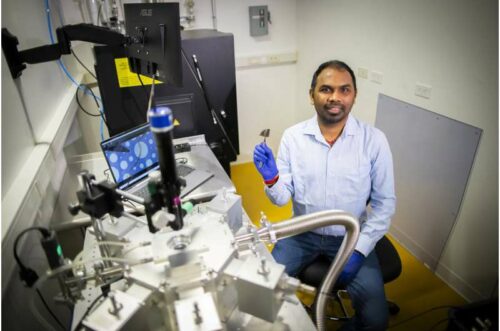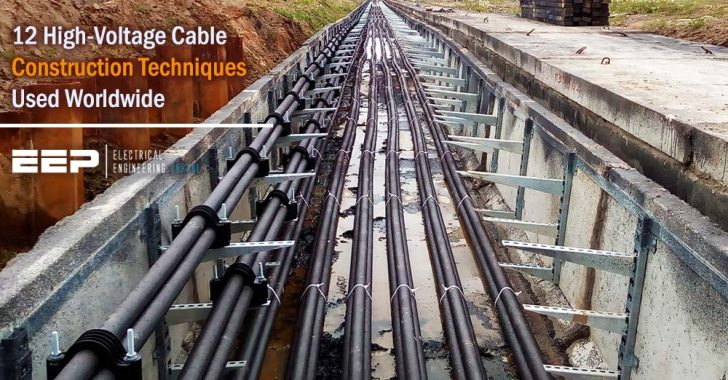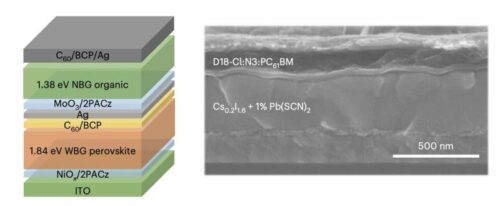By simplifying compliance and reducing the costs of embedding security, these microcontrollers are essential for protecting a wide range of digital applications against evolving threats.

Microchip Technology Inc. has recently launched a new series of 32-bit microcontrollers, the PIC32CK family, featuring embedded security technologies. This launch comes at a critical time, as new legislation effective in 2024 intensifies cybersecurity requirements across a spectrum of digital applications, from consumer IoT devices to crucial infrastructure. The microcontrollers incorporate an integrated Hardware Security Module (HSM) and Arm Cortex-M33 core with TrustZone technology, designed to meet these stringent new mandates. This combination not only simplifies compliance but significantly reduces the cost and complexity associated with embedding top-tier security in product designs. The inclusion of HSM and TrustZone technologies offers robust security measures like secure boot, secure debug, and secure updates, crucial for protecting against evolving cyber threats.
The technical architecture of the microcontrollers ensures that they are well-equipped for modern security challenges. These technical features include:
- Supports various cryptography standards, both symmetric and asymmetric.
- Includes true random number generation and secure key management.
- Industry’s first 32-bit microcontroller to combine an HSM with TrustZone technology.
- Complies with ISO 26262 functional safety and ISO/SAE 21434 cybersecurity standards.
- Offers scalable security, memory, and connectivity options .
- Configurations offer up to 2 MB dual-panel Flash and 512 KB SRAM.
- Connectivity includes 10/100 Ethernet, CAN FD, and USB.
Rod Drake, corporate vice president of Microchip’s MCU32 and MPU32 business units, emphasized the timeliness and importance of this innovation: “Emerging requirements make security mandatory for the majority of IoT connected devices. It makes it cost-effective to provide hardware-based security to mid-range microcontroller applications.” He further highlighted thatthe company’s comprehensive ecosystem of tools and security expertise significantly aids customers in navigating these new regulations, ensuring sustained product lifecycle support.
The post 32-bit Microcontroller Enhances Security For Cybersecurity Requirements appeared first on Electronics For You.
View more at https://www.electronicsforu.com/news/32-bit-microcontroller-enhances-security-for-cybersecurity-requirements.
Credit- EFY. Distributed by Department of EEE, ADBU: https://tinyurl.com/eee-adbu
Curated by Jesif Ahmed





